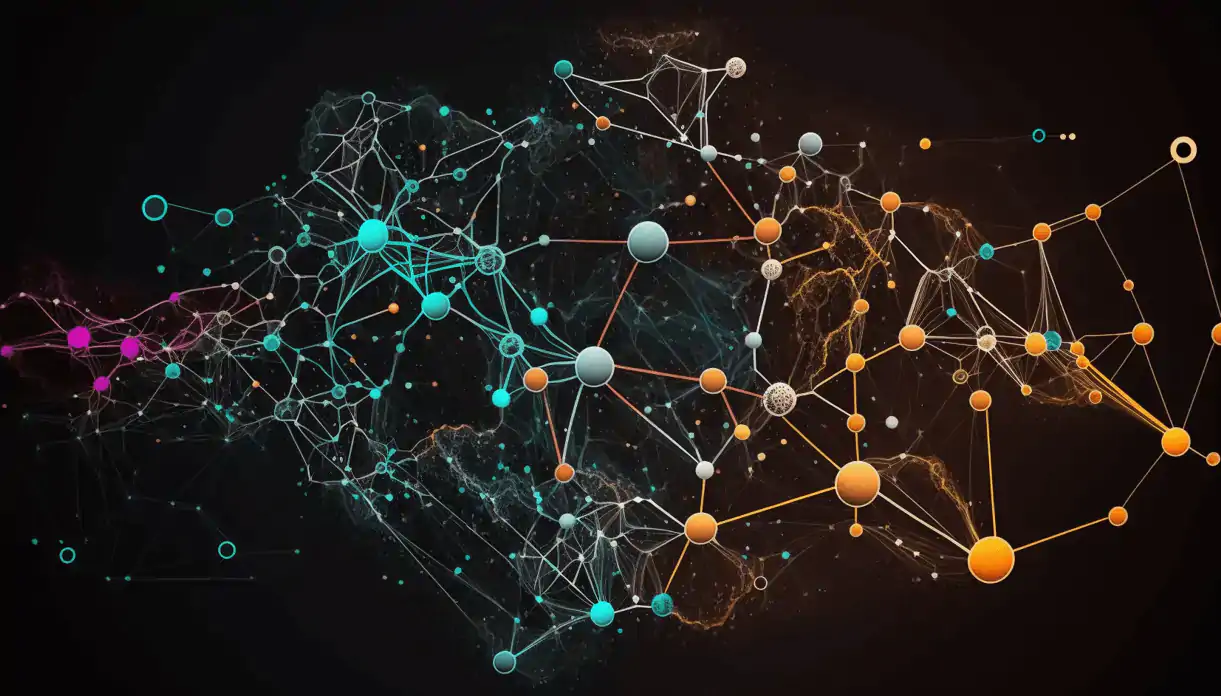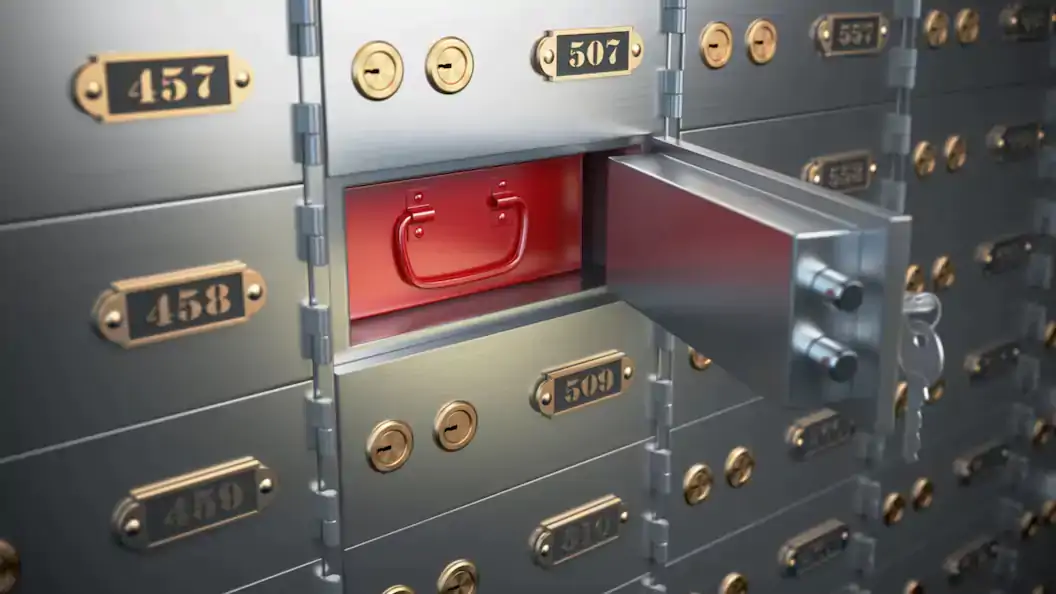Into tech, AI, startups and blockchain





Too Long; Didn't Read
Marius Ciortan is the Product Engineering Director for Pantos. Pantos is a native multichain token standard that seamlessly supports multiple chains. These include Ethereum, BNB Chain, Polygon, Avalanche, Cronos, Fantom, and Celo. The goal of these new features is to make it possible for smart contracts and off-chain components to safely and scalably move tokens between different blockchains.




@gabrielmanga
Gabriel MangalindanInto tech, AI, startups and blockchain
Blockchain technology has already tremendously impacted industries by enabling secure, decentralized transactions. However, one of the key challenges it still faces is achieving interoperability among different blockchain networks.
Multichain token systems offer a promising solution to this challenge by enabling tokens to be transferred across multiple blockchain networks, regardless of their underlying protocols.
In this interview, we will explore the concept of multichain token systems in greater detail, discussing their potential benefits and challenges and exploring the latest developments in blockchain interoperability.
In addition, our guest will share their insights and experiences, providing valuable perspectives on how multichain token systems can help drive the future of blockchain technology. So, let's get started.
Hi there, tell us your name and what you do.
My name is Marius Ciortan, and I am the Product Engineering Director for Pantos; working at Bitpanda for more than three years in different roles having the main purpose of building and growing software engineering teams. I have an engineering background in computer science and am passionate about creating an innovative and collaborative work culture.
Two years ago, I hired the first Blockchain engineer in the Pantos team to implement the multichain token system based on the results of years of extensive research we had already conducted.
Today, we are a growing team of several blockchain, backend, and frontend engineers who work hard to further improve and extend Pantos. In addition, we recently started our open beta, allowing everyone interested in trying out Pantos in a testnet environment.
What got you interested in cryptocurrency?
I discovered Bitcoin in its early days, but it got my attention in 2017 when I started to get acquainted with cryptocurrencies and learn about cryptography. Later, I began networking and connecting with industry experts, which opened up the opportunity to take an engineering leader role at Bitpanda in November 2019.
Can you explain the concept of multichain token systems and how they contribute to interoperability among blockchains?
Multichain token systems enable interoperability among different blockchains by allowing tokens to move freely between them. Unfortunately, most tokens today are deployed on a single blockchain and must be wrapped to be interoperable with other blockchains.
With Pantos, we introduce a native multichain token standard that seamlessly supports multiple chains. These include Ethereum, BNB Chain, Polygon, Avalanche, Cronos, Fantom, and Celo. We plan to support more blockchains over time.
How do multichain token systems differ from traditional token systems in terms of their ability to achieve interoperability?
Traditionally, tokens are issued on a single blockchain like Ethereum. These tokens must follow a well-defined standard to be usable across different wallets and applications. For example, fungible tokens on Ethereum have to adhere to the ERC-20 standard.
A single-chain token standard like ERC-20 defines several different operations for a token but does not specify any functions for cross-chain token transfers. A multichain token standard adds these cross-chain functionalities.
We have designed our lightweight multichain token standard (PANDAS) for Pantos. Our goal was that PANDAS multichain tokens are fully compliant with the native token standards (like ERC-20) on all Pantos-supported blockchains but additionally have a set of functions necessary for cross-chain token transfers.
The goal of these new features is to make it possible for our smart contracts and off-chain components to safely and scalably move tokens between different blockchains. Hence, PANDAS multichain tokens can easily be supported by any wallet and third-party applications to achieve blockchain interoperability.
What impact do you think multichain token systems will have on the blockchain industry?
Multichain Token Systems are just the first steps into a more interoperable blockchain landscape. We will see more focus on arbitrary cross-chain messaging, enabling smart contract calls across different chains and giving decentralized app developers superpowers to build the next generation of trustless apps.
How does blockchain interoperability impact the decentralized finance (DeFi) ecosystem, and what kind of opportunities does it create?
Interoperability is already impacting the DeFi ecosystem heavily today. We can see many decentralized exchanges like Uniswap launching on multiple chains and opening up many opportunities for liquidity providers and arbitrage bots.
The cool thing is that we are building infrastructure that is empowering people. It opens up new ways and possibilities to interact with different blockchains.
How do interoperability and cross-chain communication impact the tokenization of assets, and what benefits does this offer?
The tokenization of real-world assets is big, and we see major banks looking into this topic. But, again, we identified the need for future-proof solutions.
Over time, tokenizing money market fund shares or other real-life assets, for example, means that those assets could be used as collateral in different DeFi ecosystems and that the total value locked on different blockchains would increase considerably.
Tokenizing institutional assets would transfer a huge value into the world of crypto so that DeFi's revolutionizing mechanisms can be used for trading, borrowing, and lending.
In addition, multichain systems offer the benefit of not being dependent on a single blockchain network. Rather, the assets can move between all of the chains, and you can have the freedom to choose. Therefore enabling the transfer of value and, in the future, tokenized assets freely between different blockchains and DeFi ecosystems is a goal worth working towards.
What are the key benefits of issuing multichain tokens for businesses and individuals that use blockchain technology?
The key benefit for businesses is that they can focus on their actual product while we provide a worry-free future-proof infrastructure. For example, suppose a big bank or other institution wants to issue a token on-chain.
In that case, they don't need to worry about a blockchain network becoming obsolete or stopping to work because the tokens are not bound to a single chain. Instead, token owners can easily transfer the asset to the most suitable chain for their needs.
Can you discuss any recent developments or innovations in the area of blockchain interoperability that you find particularly exciting?
One of our recent innovations was our work on oracle scalability, enabling voting-based oracles to be economically scalable. As an R&D project, we welcome a changing landscape and are eager to push the space forward and shape the future of blockchain interoperability together.
Our research team has been industrious in the last few months. We are always looking into further optimizing the system and finding new ways to make it better and/or cheaper without compromising on the security side of things.
How can we minimize the dangers of cross-chain interoperability?
We looked into some of the bridge hacks to find out what went wrong and if we could also become a potential subject of vulnerability.
The surprising results showed that most of the hacks happened because of simple mistakes, such as publishing code changes before fixing vulnerabilities, poor-quality code, or inadequate internal procedures. Most of the time, if effective development methods and quality assurance procedures had been in place before the code was released, these occurrences might have been avoided.
Mainnet releases should be issued only after extensive testing and auditing to ensure that all functionality is as planned and that no money are at risk. Pantos differs from most other solutions in that we do not lock any tokens on the source chain for native token transfers.
Native Pantos cross-chain transfers always consist of a burn transaction on the source chain and a mint of the tokens on the destination chain. Thus, no large pools of assets on either chain could be drained. This is one of the many design choices we have made on the protocol level to make Pantos as secure as possible.
Lead image generated with stable diffusion.?

Build JavaScript blockchain apps easily with Lisk
RELATED STORIES










. . . comments & more!



 BlocksInform
BlocksInform










